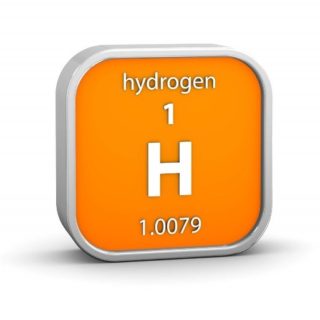-
Long-term storage potential makes hydrogen for power-to-gas-to-power attractive
Date posted:
-
-
-
Post Author
Patrick LaveryCombustion Industry News Editor
-
-
![]()
The Financial Times has published another in its series of articles looking at the future of hydrogen as an energy vector, this one looking at storage considerations. As the article points out, the attractiveness of power-to-gas-to-power, using excess renewable electricity to create green hydrogen through electrolysis, which is stored for later combustion to produce power, is offset by inefficiency and cost. At best, only around 40% of the original power can be reclaimed, while even if production costs for green hydrogen fell by two-thirds, it would still be three times as costly as natural gas for the equivalent amount of power (presumably, however, that fails to factor in a cost of carbon dioxide produced from natural gas).
Despite these drawbacks, projects are taking off across the world, such as the conversion of a coal-fired power plant in Utah to fire first a 70:30 natural gas/hydrogen blend and eventually a pure hydrogen stream, using technology developed by Mitsubishi Power. This is due to the zero-carbon offering of green hydrogen, the ability to use the gas for peaking plants (which might be more profitable than ‘baseload’ plants), as well as the long-term storage potential of hydrogen, which contrasts with battery storage of electricity, which might store enough power for only several hours supply. (The FT article has a good graphic on the comparison of storage costs for different technologies against the possible length of storage.) Indeed, according to a study by Wartsila, California could most cost-efficiently meet its net-zero carbon electricity target by employing power-to-gas-to-power systems. While the article covers a range of projects underway around the world, it does not examine the technical challenges in terms of materials and storage of H2.

